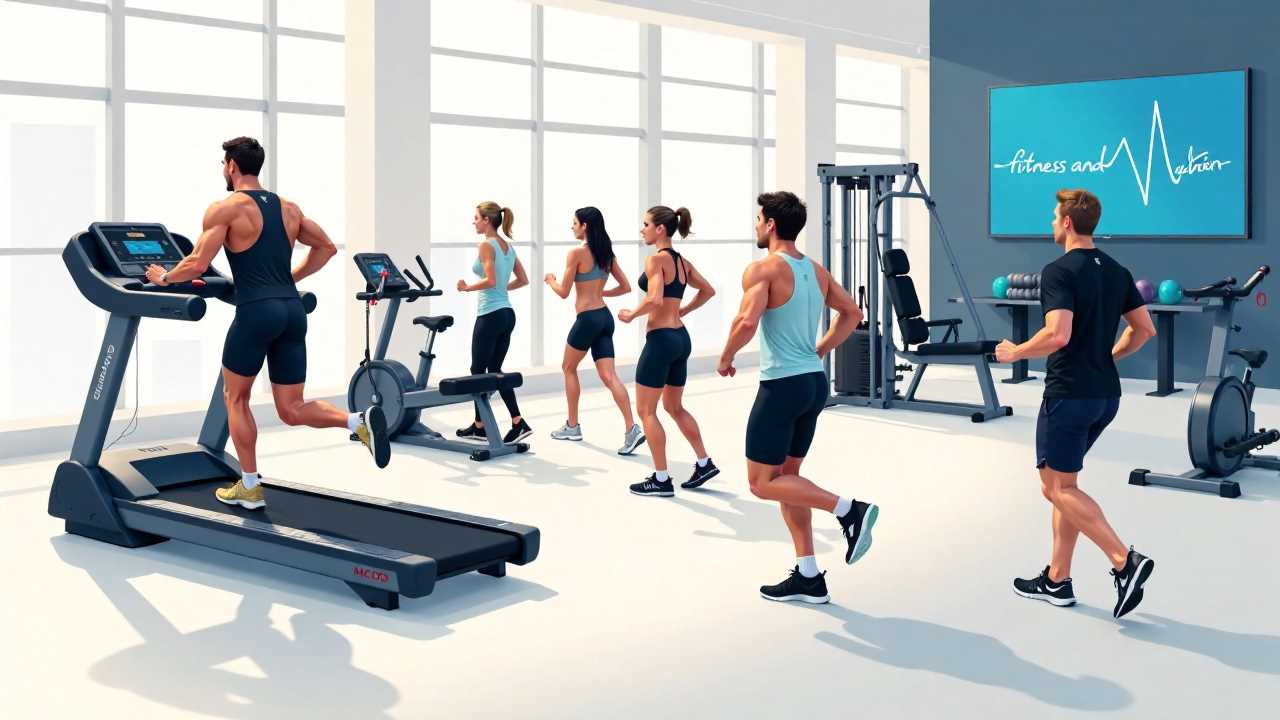
Understanding Triathlon Training Tools
Triathlon training tools are vital for athletes aiming to excel in this demanding sport. These tools encompass a wide range of equipment and resources designed to enhance endurance, improve performance, facilitate recovery, support nutrition, build strength, and enable effective monitoring. By integrating these tools into your training regimen, you can optimize your preparation and achieve your goals.
Enhancing Endurance with the Right Tools
Endurance is the cornerstone of triathlon success. To build and maintain endurance, athletes can utilize various training tools. Heart rate monitors are essential for tracking cardiovascular performance during workouts. By monitoring heart rate zones, athletes can tailor their training intensity, ensuring they are working within optimal ranges to build stamina.
GPS watches also play a crucial role in endurance training. These devices provide real-time data on pace, distance, and elevation, allowing athletes to analyze their performance and make necessary adjustments. Additionally, smart trainers for cycling can simulate outdoor conditions, enabling athletes to train effectively indoors while maintaining endurance levels.
Performance Optimization through Technology
Performance in a triathlon is not solely about physical capability; it also involves strategic planning and execution. Performance analytics tools such as cycling power meters and running foot pods offer insights into an athlete's efficiency and technique. These tools measure metrics like power output and running cadence, allowing athletes to fine-tune their performance.
Incorporating video analysis software can further enhance performance. By reviewing footage of swim strokes, cycling posture, and running form, athletes can identify areas for improvement. This detailed feedback is invaluable for making adjustments that lead to better overall performance.
Recovery Tools for Sustained Training
Recovery is a critical aspect of any training program. Without proper recovery, athletes risk injury and burnout. Foam rollers and massage guns are popular tools for self-myofascial release, helping to alleviate muscle soreness and improve flexibility. Regular use of these tools can significantly enhance recovery times.
Compression gear is another effective recovery tool. Wearing compression socks or sleeves post-training can aid in reducing muscle fatigue and improving blood circulation. This promotes faster recovery, allowing athletes to return to training sooner and more effectively.
Nutrition: Fueling Your Triathlon Journey
Nutrition is a pivotal component of triathlon training. Utilizing nutrition tracking apps can help athletes monitor their dietary intake, ensuring they meet their energy and nutrient needs. These apps allow for easy logging of meals and snacks, making it simpler to stay on track.
Sports supplements also play a significant role in fueling endurance athletes. Products like electrolyte drinks, energy gels, and protein powders can provide the necessary nutrients to sustain energy levels during training and aid in recovery post-exercise. Understanding when and how to use these supplements can greatly enhance performance and recovery.
Building Strength for Triathlon Success
Strength training is often overlooked in triathlon preparation, yet it is essential for improving overall performance. Resistance bands and free weights are excellent tools for building strength. Incorporating strength training into your routine can enhance muscle endurance, power, and injury resistance.
Bodyweight exercises such as push-ups, squats, and lunges can also be effective. These exercises require no equipment and can be performed anywhere, making them a convenient option for athletes. By focusing on functional strength, triathletes can improve their performance across all three disciplines.
Effective Monitoring for Continuous Improvement
Monitoring progress is vital for any athlete. Utilizing training logs and performance tracking software can help athletes keep a detailed record of their workouts, nutrition, and recovery. This data is invaluable for identifying trends, strengths, and areas needing improvement.
Wearable technology, such as smartwatches and fitness trackers, can provide real-time feedback during workouts. These devices can monitor heart rate, pace, and even sleep patterns, allowing athletes to make informed decisions about their training and recovery strategies.
Integrating Tools for Triathlon Success
Incorporating the right triathlon training tools into your regimen can significantly impact your performance and overall success in the sport. By focusing on endurance, performance, recovery, nutrition, strength, and monitoring, athletes can create a comprehensive training plan that addresses all aspects of their preparation.
As you embark on your triathlon journey, remember that the right tools can make all the difference. Invest in quality equipment, utilize technology to your advantage, and stay committed to your training. With dedication and the right resources, you can master the art of triathlon training and achieve your athletic goals.
 SportsHollywoodLifestyleFashionHome & GardenTrendsPrivacy PolicyTerms And Conditions
SportsHollywoodLifestyleFashionHome & GardenTrendsPrivacy PolicyTerms And Conditions
